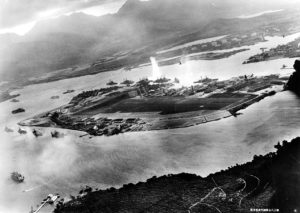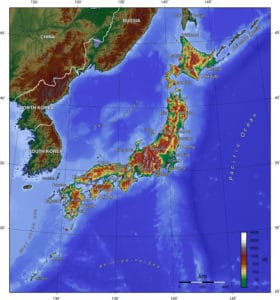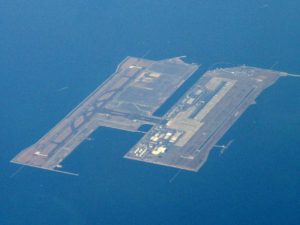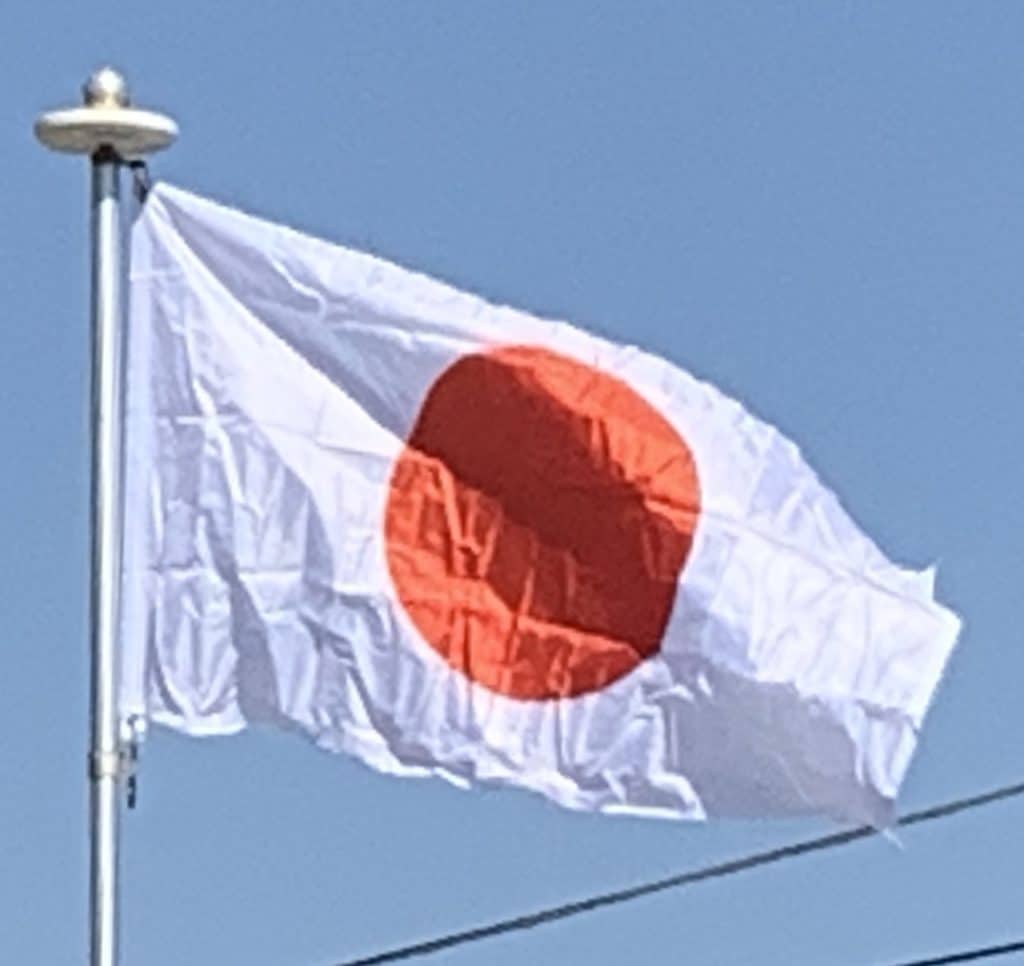
After Allied victories during the next four years, which culminated in the Soviet invasion of Manchuria and the atomic bombings of Hiroshima and Nagasaki in 1945, Japan agreed to an unconditional surrender. The war cost Japan its colonies, China and the war’s other combatants tens of millions of lives, and left much of Japan’s industry and infrastructure destroyed. The Allies (led by the United States) repatriated millions of ethnic Japanese from colonies and military camps throughout Asia, largely eliminating the Japanese empire and its influence over its conquered territories. The Allies also convened the International Military Tribunal for the Far East to prosecute Japanese leaders for war crimes.
In 1947, Japan adopted a new constitution emphasizing liberal democratic practices. The Allied occupation ended with the Treaty of San Francisco in 1952, and Japan was granted membership in the United Nations in 1956. A period of record growth propelled Japan to become the second-largest economy in the world; this ended in the mid-1990s after the popping of an asset price bubble, beginning the “Lost Decade”. In the 21st century, positive growth has signaled a gradual economic recovery. On March 11, 2011, Japan suffered one of the largest earthquakes in its recorded history, triggering the Fukushima Daiichi nuclear disaster. On May 1, 2019, after the historic abdication of Emperor Akihito, his son Naruhito became the new emperor, beginning the Reiwa era.

Geography:
Japan comprises 6,852 islands extending along the Pacific coast of Asia. It stretches over 3,000 km (1,900 mi) northeast–southwest from the Sea of Okhotsk to the East China and Philippine Seas. The county’s five main islands, from north to south, are Hokkaido, Honshu, Shikoku, Kyushu and Okinawa. The Ryukyu Islands, which include Okinawa, are a chain to the south of Kyushu. The Nanpō Islands are south and east of the main islands of Japan. Together they are often known as the Japanese archipelago. As of 2019, Japan’s territory is 377,975.24 km2 (145,937.06 sq mi). Japan has the sixth longest coastline in the world (29,751 km (18,486 mi)). Because of its many far-flung outlying islands, Japan has the eighth largest Exclusive Economic Zone in the world covering 4,470,000 km2 (1,730,000 sq mi).

About 73 percent of Japan is forested, mountainous and unsuitable for agricultural, industrial or residential use. As a result, the habitable zones, mainly in coastal areas, have extremely high population densities: Japan is one of the most densely populated countries. Approximately 0.5% of Japan’s total area is reclaimed land (umetatechi). Late 20th and early 21st century projects include artificial islands such as Chubu Centrair International Airport in Ise Bay, Kansai International Airport in the middle of Osaka Bay, Yokohama Hakkeijima Sea Paradise and Wakayama Marina City.

Japan is substantially prone to earthquakes, tsunami and volcanoes because of its location along the Pacific Ring of Fire. It has the 15th highest natural disaster risk as measured in the 2013 World Risk Index. Japan has 108 active volcanoes, which are primarily the result of large oceanic movements occurring from the mid-Silurian to the Pleistocene as a result of the subduction of the Philippine Sea Plate beneath the continental Amurian Plate and Okinawa Plate to the south, and subduction of the Pacific Plate under the Okhotsk Plate to the north. Japan was originally attached to the Eurasian continent; the subducting plates opened the Sea of Japan around 15 million years ago. During the twentieth century several new volcanoes emerged, including Shōwa-shinzan on Hokkaido and Myōjin-shō off the Bayonnaise Rocks. Destructive earthquakes, often resulting in tsunami, occur several times each century. The 1923 Tokyo earthquake killed over 140,000 people. More recent major quakes are the 1995 Great Hanshin earthquake and the 2011 Tōhoku earthquake, which triggered a large tsunami.
Economy:
Japan is the third largest national economy in the world, after the United States and China, in terms of nominal GDP, and the fourth largest national economy in the world, after the United States, China and India, in terms of purchasing power parity. As of 2017, Japan’s public debt was estimated at more than 230 percent of its annual gross domestic product, the largest of any nation in the world. The service sector accounts for three quarters of the gross domestic product.
